Dogs are wonderful creatures and our faithful companions. But pet parents have you ever wished you could communicate with them on a deeper level? Dogs talk using buttons is a growing trend that is changing the way we interact with our furry friends.
In this comprehensive guide, we will cover everything you need to know about the dog pushes a button to talk including why it works, how to get started, key tips, and some commonly asked questions. So, grab your furry friend, and let's get started!

How We Choose Dog Buttons
Communicating with our beloved dogs can sound daunting. We all know how amazing and intelligent they are, but we struggle to find ways to understand them even with simple phrases.
You try everything from guessing to using complex hand gestures, and you’re still left wondering what your pup is thinking. It’s exhausting and frustrating, but it doesn’t have to be like this.
Introducing Dog Buttons, the revolutionary new way for humans and dogs to communicate with ease. With pre-programmed sound bites and an intuitive user interface, you can finally understand your furry best friend in a whole new way.
Table of Contents:
- Why teaching dogs to talk with buttons works
- The benefits of teachings dogs to talk with buttons
- How to get started
- Choosing the right communication device
- Building vocabulary
- The button training process
- Advanced button communication techniques
- Troubleshooting
- FAQs
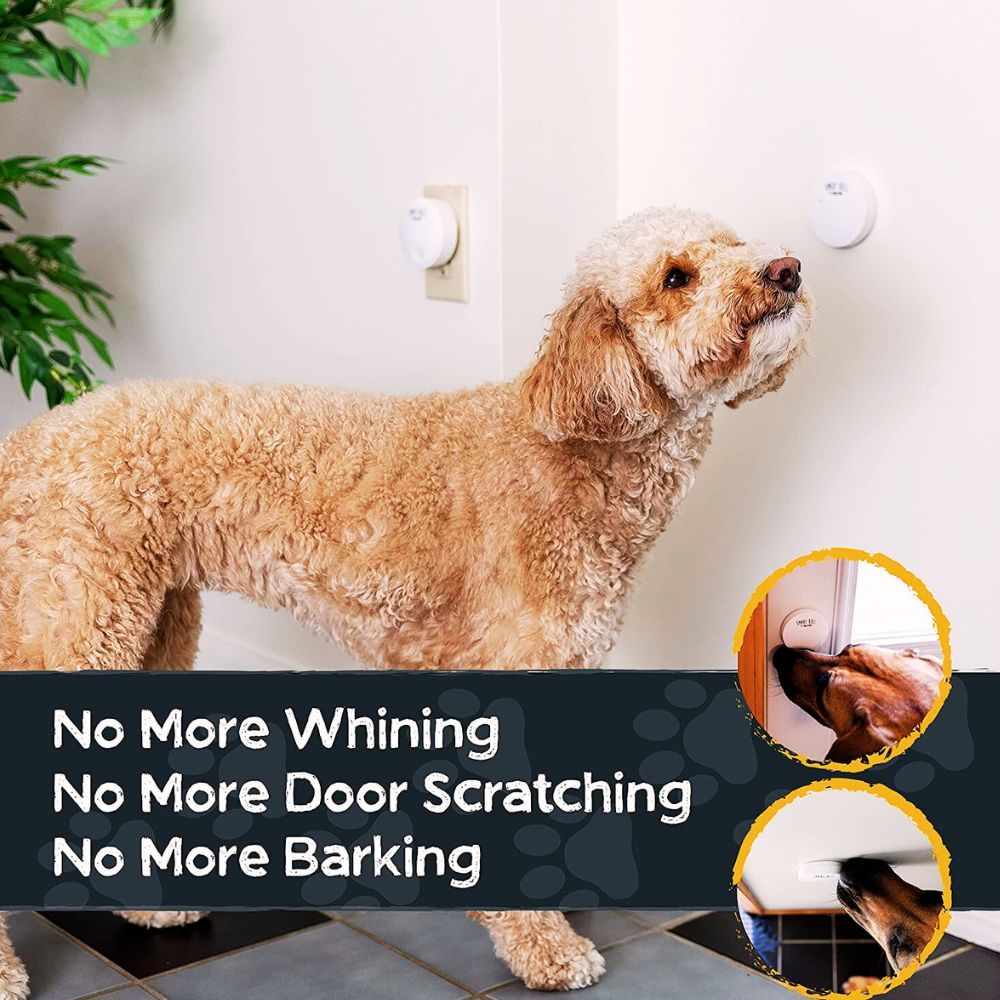
Why Teaching Dogs to Talk with Buttons Works:
Dogs are intelligent creatures with varying degrees of cognitive abilities. Teaching them to communicate effectively using buttons can help them express their thoughts, emotions, and intentions more clearly.
Studies have shown that dogs can comprehend up to 250 words and gestures, and with the use of buttons, they can learn to communicate even more abstract concepts and complex ideas.
It's essential to understand that while some dogs may take longer to learn than others, it is possible for most dogs to learn how to communicate using buttons.

The Benefits of Teaching Dogs to Talk with Buttons
The primary benefit of teaching your dog to communicate through buttons is improved communication. By understanding what your dog is trying to tell you through communication buttons, you will be able to address their needs and wants more effectively. This can lead to reduced stress levels for both you and your furry friend.
In addition, dog-button communication can improve the bond between you and your dog, as it enhances the level of trust and understanding between your dog loves you.
By giving them the ability to communicate their thoughts and feelings, your dog will feel more confident and in control of daily life, leading to better behaviors and rounded personalities.

How to Get Started:
If you're interested in teaching your dog to talk using buttons, the first step is to invest in some buttons and record words. There are different types of talking buttons now available, but we recommend getting buttons with pre-recorded words for easy training.
Next, teach your dog how to use the buttons by showing them how to press the button to make a sound. You can do this by pressing the button yourself and using positive reinforcement, such as treats and praise when your own dog understands and repeats the very same word or action. Over time, your dog will learn to associate the button with a specific word or phrase.

Choosing the Right Communication Device
When it comes to choosing the right device for teaching your dog to talk, there are several things to consider, including device type, size, and number of buttons.
A device with large buttons and a clear print is suitable for dogs of all breeds and sizes. Some models are designed with a simple push-button mechanism, making them more accessible to canines who are still in the learning phase.
A more advanced model with sound effects can help stimulate your dog's curiosity and encourage them to express themselves even more.
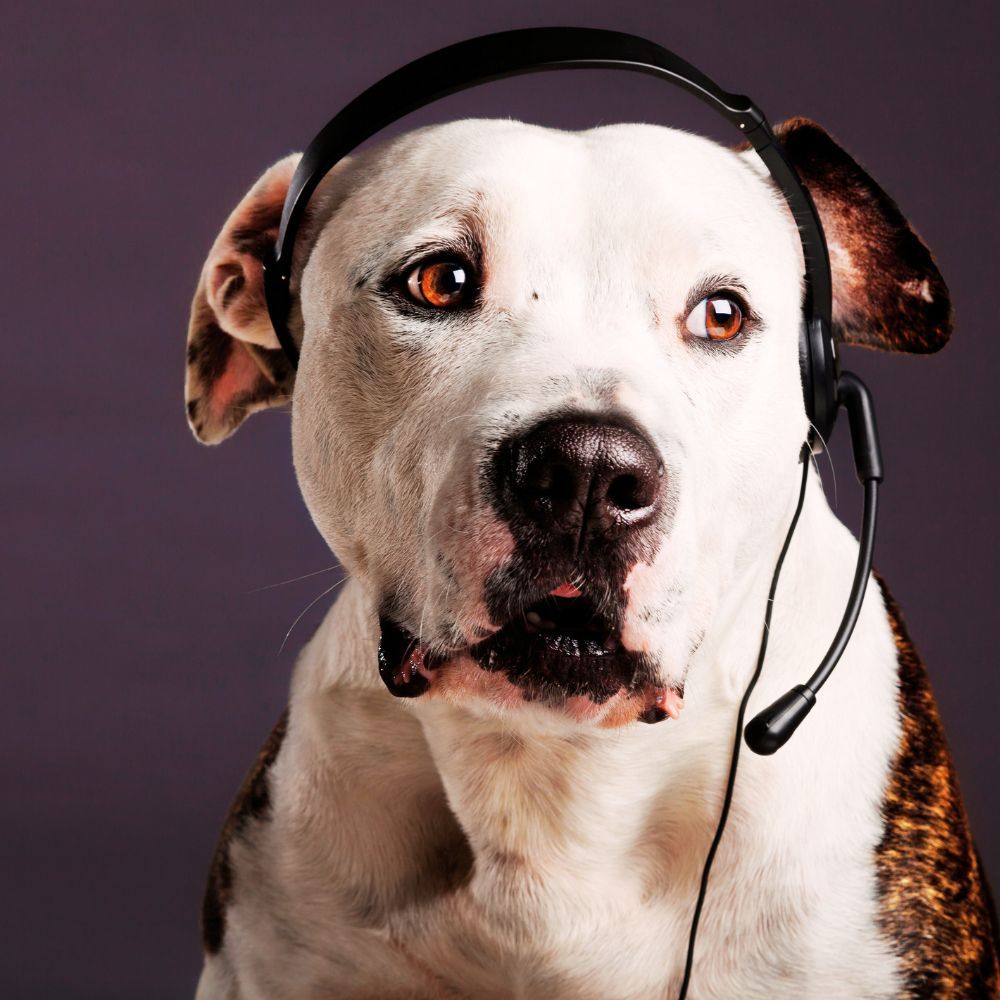
Building Vocabulary:
When teaching your dog to talk using buttons, it's crucial to start with a small vocabulary of words that your dog can comprehend. Common words to have dog buttons start with are "outside," "food," or single word "play."
Once your dog has mastered these words, you can gradually introduce more complex words and phrases. It's essential to stick to a consistent routine when teaching your dog new words as this will help reinforce their learning.
The Button Training Process
Dogs are smart animals, and you may be surprised how fast they catch on to button communication. Here's a simple training process that can help you teach your dog the nuances of button communication:
1. Set up the device in a central location in your home.
2. Establish a button for the primary request. For example, "Outside" or "Food."
3. Use positive reinforcement techniques to encourage your dog to express their wants by pressing the button.

Advanced Button Communication Techniques
As your dog becomes more confident in using their communication device, you can teach them more advanced commands and phrases like "I love you" or "I'm sorry." Some dogs may even be capable of producing complete sentences such as "I want to go for a walk" or "I'm feeling sleepy."
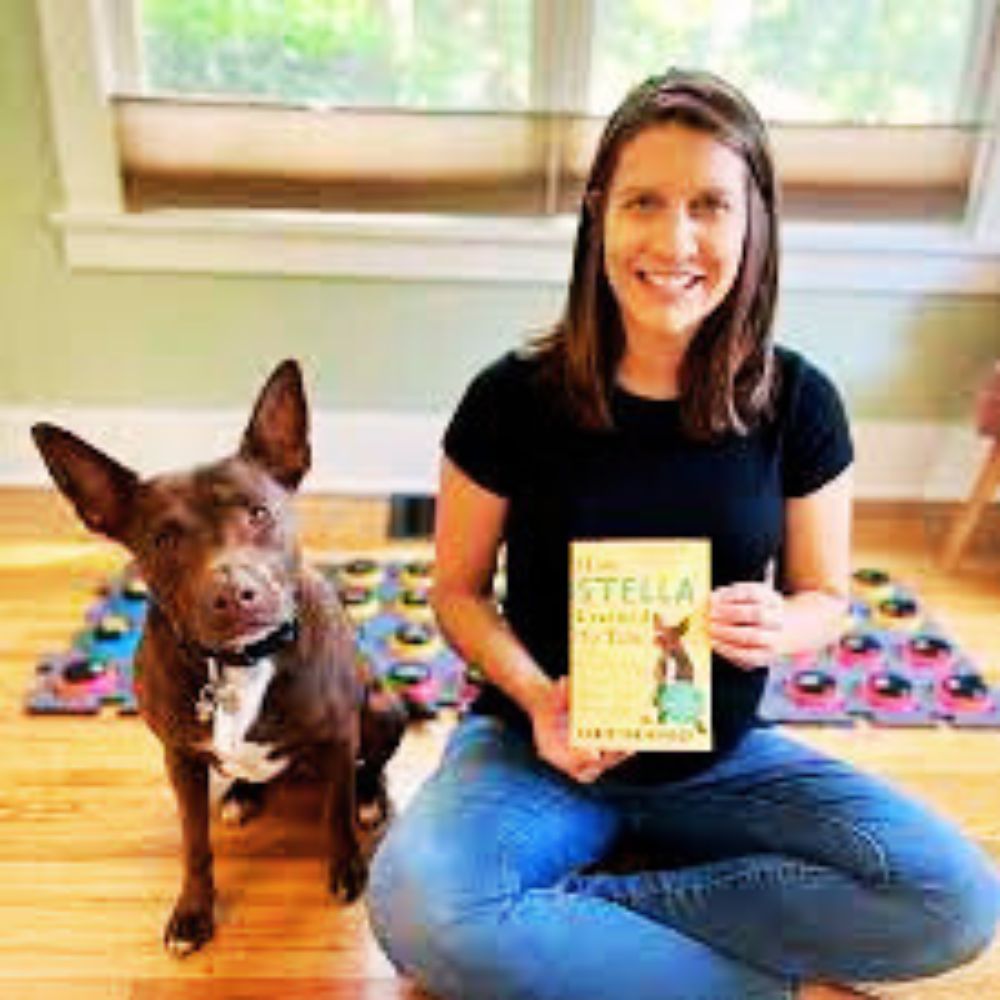
Who developed the idea of dogs communicating through buttons?
Christina Hunger ma is a speech-language pathologist and trailblazer in the field of teaching dogs to communicate using buttons. Through her work with her own dog, Stella, Hunger started to teach Stella words using custom-made buttons that she would use to communicate her wants and needs. This groundbreaking work launched the Comparative Cognition Lab at UC San Diego, where Hunger currently works on expanding the possibilities of dog-human communication.
The lab's research focuses on studying animal communication, paying attention, and cognition including the abilities of non-human animals to learn communication systems that approximate human language. Their work in teaching dogs to use buttons has created a stir in the scientific community and has opened up new possibilities for understanding how dogs think and how other animals communicate.
The use of these recordable buttons has allowed dogs like Stella to convey complex messages and has helped pet owners better understand their furry companions. In fact, since Hunger shared her work on social media, the concept of talking buttons has gained widespread popularity. As a result, more and more pet owners are interested in teaching their dogs this skill.
Moreover, the work of the Comparative Cognition Lab has shown that dogs are, in fact, capable of learning complex language-like systems. It challenges previous beliefs that dogs lacked the cognitive abilities needed to learn human communication systems.
In conclusion, Christina Hunger's work in building associations for teaching dogs to talk using buttons has revolutionized our understanding of animal cognition and communication. As research continues in this field, we can expect to learn even more about the intelligence and communication capabilities of our four-legged companions. Plus, with a little training, your furry friend may soon be able to press buttons to tell you when they want to go on a walk when they're hungry, or even that they love you.
Troubleshooting:
While the process of teaching dogs to talk using buttons is relatively straightforward, some common problems may arise, such as your dog not always pressing buttons or the right button or not pressing any button at all.
One way to solve this issue is to simplify the language you use and only teach your dog certain words so that they understand clearly. Another solution is to observe your dog's behavior and body language to understand what they are trying to communicate. Lastly, it's essential to be patient and consistent with your training.

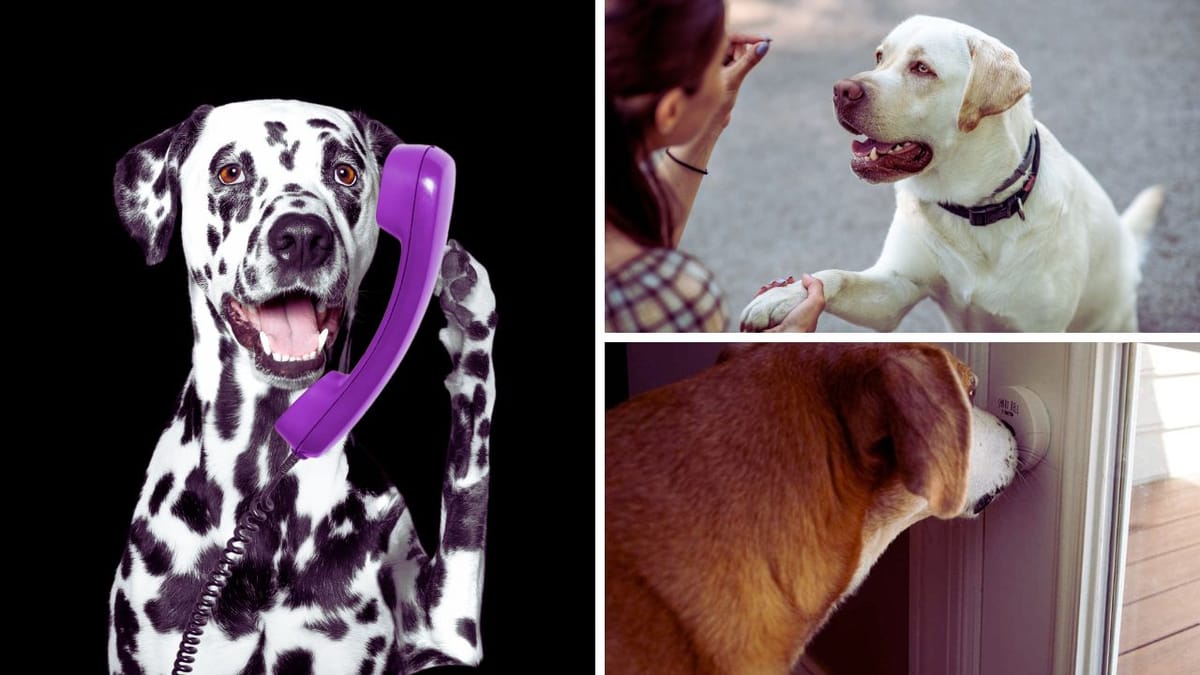

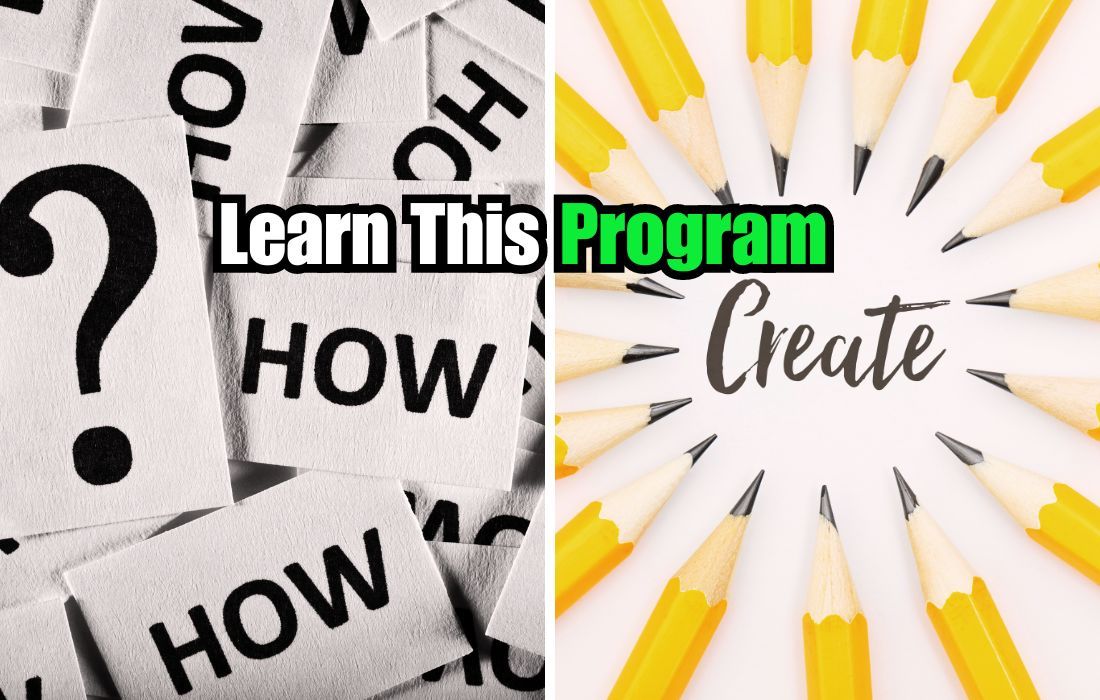
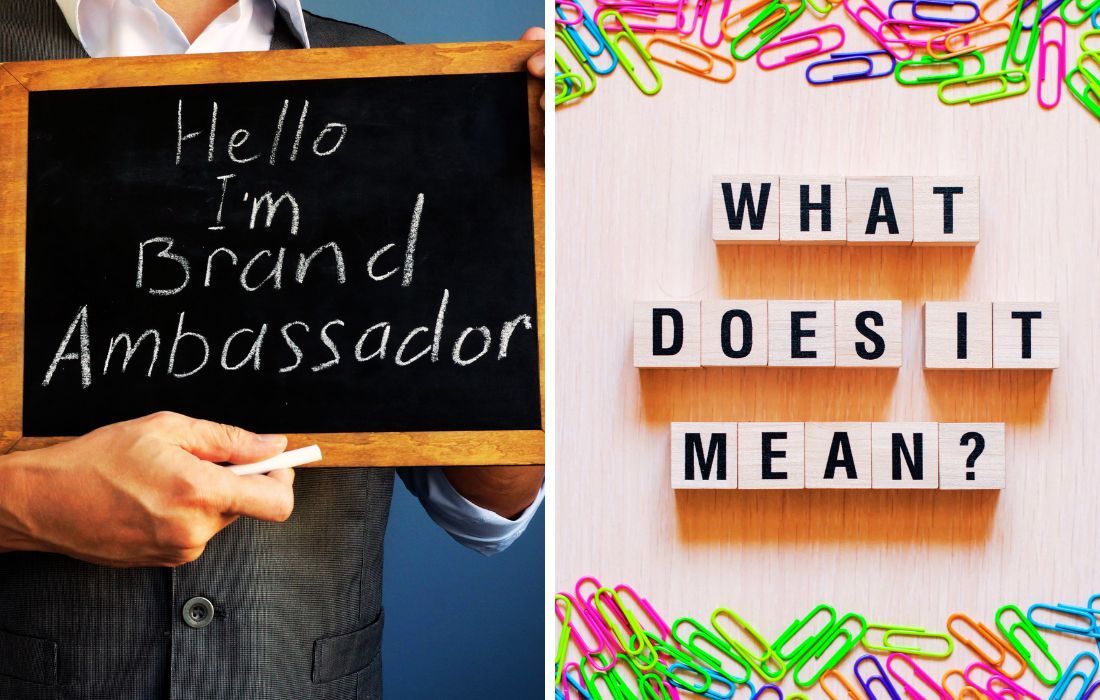
SwagScale Advice For You
When the average dog masters the art of pushing a button to talk to their pet parent is an exciting and rewarding experience that can bring you and your furry friend closer together. With proper training and consistency, you can help your dog learn to communicate their needs, thoughts, and feelings more effectively.
Remember to keep the learning process fun and engaging for your dog, and don't hesitate to seek professional help if you encounter any challenges along the way. Enjoy this new level of communication with your dog and watch as the bond between you and your furry friend strengthens. Get ready to understand your dog's first word like paw, playing tug of war, or dog park.
Your Dog Guru,
Kim
FAQs about Teaching Dogs to Talk with Buttons:
Is this method suitable for all dog breeds and sizes?
Yes, the device's size and button types have become standardized over time, making it usable for all breeds and sizes.
How long does it take to teach a dog button communication?
Dog button communication adoption rates may vary; however, full adaption generally takes about 2-4 weeks of daily practice.
Will my dog become more clingy after learning to talk with buttons?
No. Dogs may become more confident and independent after learning to express themselves better, aiding their transition into everyday life and being well-rounded dogs.
Can all dogs learn to talk with buttons?
Absolutely! Dogs have a remarkable capacity for language comprehension and communication, and many have already demonstrated the ability to communicate using buttons. In fact, one talking dog, named Stella has become famous for her remarkable vocabulary word buttons, which she uses to express her thoughts and preferences to her owners.
How do I teach my dog to learn words to speak with buttons?
Here are some steps to teach your dog to speak with buttons:
1. Get the necessary buttons: For this kind of training, you will need a set of buttons, each with a different word. You can buy premade buttons or make your own.
2. Introduce the buttons: Introduce the buttons to your dog and associate each button with a specific command. For example, the button with the word "outside the door" will be associated with going outside.
3. Start with simple commands: Begin with simple commands like "outside" or "water." This helps your dog associate the button with the specific command.
4. Repeat often: Repetition is key in dog training. You need to repeat the command and press the corresponding button every time you use it with your target training your dog.
5. Reward your dog: To make the training experience enjoyable, you should reward your dog every time they correctly use the buttons.
6. Increase the complexity: Once your first dog learns and is comfortable with the basic commands, you can start introducing more complex sentences with multiple buttons.
How do I get my dog to use fluent pet buttons?
To get your dog to use fluent pet buttons, you need to follow a few steps. First, start by introducing the buttons one by one and teaching your dog to associate them with specific words. Use treats or positive reinforcement to encourage your dog to press the buttons.
Next, help your dog develop fluency by using the buttons to communicate with them regularly. Engage in conversations with your dog using the buttons and respond to their requests. This will help them learn how to use the buttons more effectively over time.
Additionally, consider enrolling your dog in a training program specifically designed for teaching dogs how to use pet buttons. Working with a professional trainer who is experienced in this type of training can help you and your dog achieve faster and more effective results.
Remember to be patient and consistent with your dog throughout the training process. With time and practice, your dog can become a fluent communicator using pet buttons! Just think how many words you can teach your dog!
Does FluentPet work?
FluentPet is a tool that uses buttons to enable dogs to communicate with their owners and express their needs using words. This system has been shown to be successful in various dog breeds, ages, and intelligence levels.
Several dog owners have reported that their dogs have learned to use the buttons effectively in just a few weeks, which leads to better communication, reduced stress, and deepened relationships.
Moreover, FluentPet has been tested by researchers, and the preliminary results are promising. One study found that dogs trained with this system can learn new words and correctly associate them with their meanings.
So, based on the available evidence and anecdotal reports, it seems that FluentPet works for many dogs and their owners. However, it's worth noting that not all dogs may be receptive to this training method, and it requires patience, consistency, and positive reinforcement.
Which dog training buttons are best?
When it comes to teaching dogs to talk with buttons, there are a lot of different factors to consider when selecting the right buttons for your furry friend.
Some of the key considerations include the size and design of the buttons themselves, the sensitivity and responsiveness of the sensors, and the overall durability and reliability of the device.
One of the most popular options on the market today is the FluentPet buttons, which are designed to be user-friendly and highly customizable. These buttons offer a wide range of options for different commands and triggers, making them a great choice for dogs with complex communication needs. They also come in a range of colors and designs, which can help make them more visually appealing and engaging for your dog.
Another popular option is the PetSafe Talking Button, which features a simple yet effective design that makes it easy for dogs to understand and respond to. The device is also highly durable and resistant to water and other types of damage, which makes it a good choice for dogs who are prone to chewing on their toys or devices.
Finally, the Bousnic Dog Training Collar is another great choice for pet owners who want a reliable and effective way to communicate with their dogs. This device features a range of different buttons and modes, all of which can be easily customized to suit your dog's specific needs and preferences. It also offers a range of different vibration levels and tones, which can help to further reinforce the training process and ensure that your dog responds appropriately to your commands.
Ultimately, the best dog training buttons will depend on your individual dog and its specific needs. However, SwagScale wrote an article about the 10 best dog-talking buttons you can buy.
Do talking dog buttons really work?
Yes, talking dog buttons really work.
Are dog buttons a good idea?
Using buttons to teach dogs to communicate with humans has gained popularity in recent years. It allows dogs to express their thoughts and needs in a way that was previously impossible.
These buttons are essentially sound-emitting devices that can be programmed with words or phrases, which dogs can activate by pressing the corresponding button. This gives them a way to interact with their environment in a more meaningful way, helping to reduce anxiety and frustration.
Studies have shown that dogs are capable of associating specific sounds with certain objects or activities. This means that they can learn to use buttons to communicate with their humans.
Furthermore, they are capable of creating unique combinations of sounds to express more complex ideas. With consistent training and practice, some dogs have learned to ask for water, food, or even playtime using buttons.
The benefits of using dog buttons are clear. They enhance the bond between humans and dogs, allowing for a deeper and more satisfying relationship.
They also provide mental stimulation for dogs, which is important for their overall well-being. Finally, they can help reduce problem behaviors such as barking, chewing, and other destructive activities.
In conclusion, dog buttons are a great idea for anyone looking to improve their communication with their furry friend. With patience, dedication, and proper training, anyone can teach their dog how to use buttons to express their thoughts and needs.












